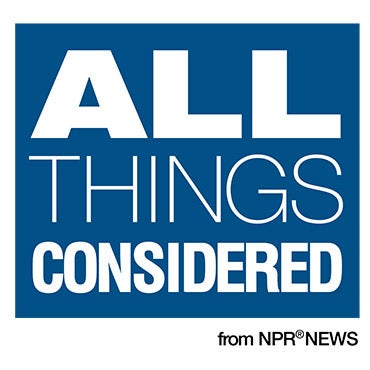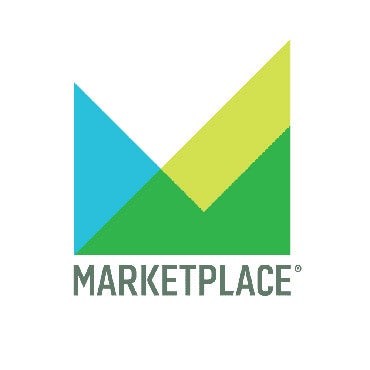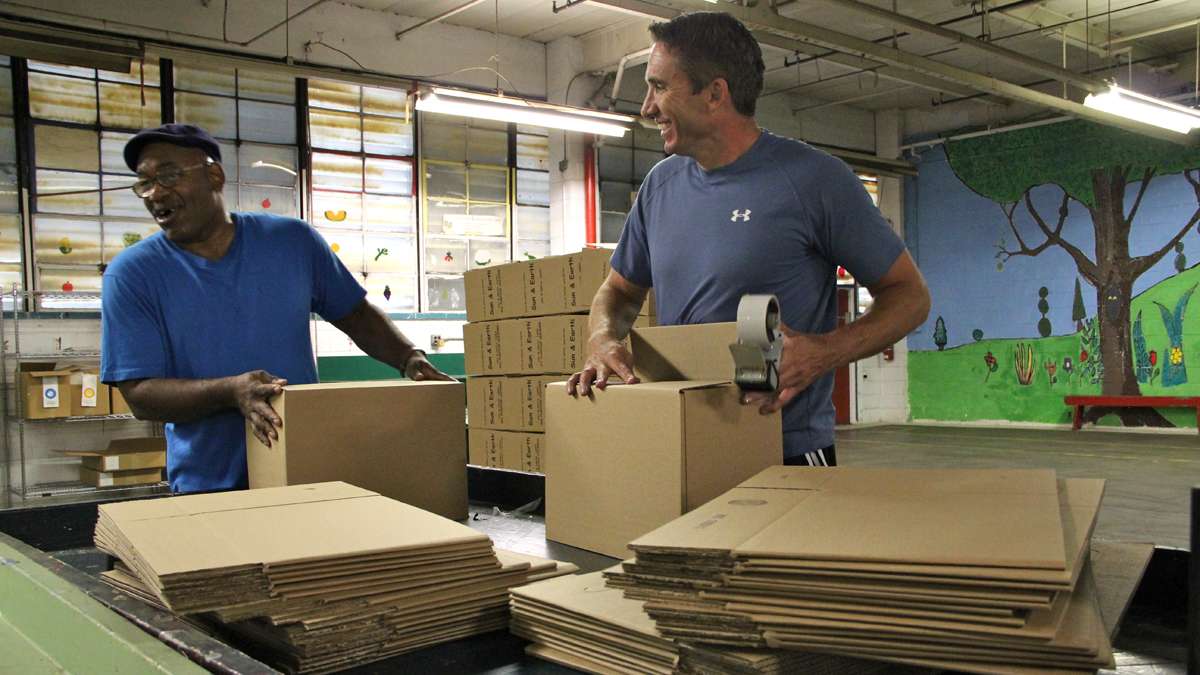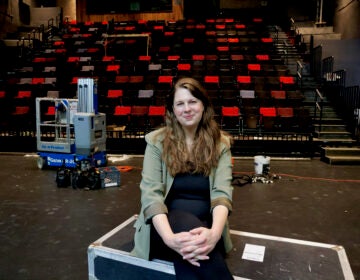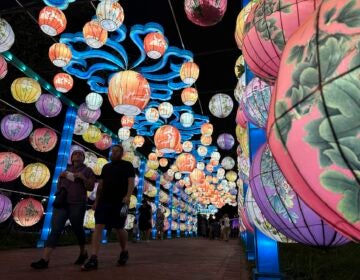Repairing ephemeral emblems of indelible Philly ideals
The art gallery at Temple University’s Tyler School of Art has asked 10 organizations around the city for an object that represents the ideals of each organization, and, by extension, the ideals of Philadelphia.
Some of those objects are very old, damaged by time and neglect. The exhibition, “Restoring Ideals,” opening Sept. 26, aims to fix that.
One of the participating organizations, the SHARE Food Program, operates out of a warehouse in North Philadelphia where volunteers sort and bag food to be distributed to pantries around the city.
All that sorting happens at about a dozen large tables, roughly made from two-by-fours and plywood. They may not be artful as furniture, but the tables represent the essence of SHARE.
“People have gathered around this table since 1986,” said Steveanna Wynn, the SHARE director, standing at the organization’s first bagging table. “They have bagged onions and potatoes and fruit. They have talked, made new friends — some have met [future] husbands and wives and been married. At a bagging table, there could be corporate partners from Deloitte and homeless people. But they have a conversation they would not have had if they were walking down the street.”
Wynn will send this table to Temple Contemporary, the gallery of Tyler School of Art at the Temple University. There it will be cleaned and repaired as part of “Restoring Ideals,” joining objects from nine other area nonprofits whose missions reflect the ideals of Philadelphia: tolerance, equality, independence. The organizations were chosen through a public, online voting process.
When it’s all over, and the table comes back to Wynn, she might let the table continue as an art object. “The more I think about it, I think it would be really cool it if was hung up somewhere,” she said.
Watch the revival process
As part of “Restoring Ideals,” the public is invited to watch conservators bring the objects back to life. Many of the conservators will come from the Conservation Center for Art and Historic Artifacts, based in Fitler Square. The center has already received many paper-based objects: old documents and books that are torn, broken, and severely faded.
One of the objects, a page from a ledger that recorded all the birds seen at Awbury Arboretum in the 1920s, arrived in 15 pieces. The ledger had been mounted to an acidic cardboard, which over 90 years slowly broke down the paper, literally ripping itself apart. Some of the entries are impossible to read.
“We’re going to wash the object to remove the discoloration, and remove the acidic backing,” said Corine Norman McHugh, a paper conservator at the center. “That will brighten the paper and make it more healthy — more flexible, less brittle.”
McHugh and her colleagues will be doing this work inside the Temple Contemporary art gallery. Director Robert Blackson hopes the public will watch all this very particular attention paid to stabilizing the objects, then engage in discussion about the ideals they represent.
That ledger of birds will ultimately go back to Awbury Arboretum, a 55-acre plot in Germantown founded by Quakers nearly 100 years to preserve a green space inside what was a quickly sprawling city. The ledger lists birds which have not been seen anywhere in Philadelphia for decades.
As both an historic and scientific document, it represents the ideals of the arboretum.
“The Quakers founded it to be a park and arboretum for the quiet contemplation of nature,” said board chair Mark Sellers. “It was important — it was explicit — and interest in birds goes all the way back to our turn-of-the-century founders.”
Also on Sept. 26th, WHYY will host a conservation clinic as part of “Restoring Ideals.” Experts from the Conservation Center for Art and Historic Artifacts will offer advice on conserving personal heirlooms and antiques. Registration is required.
WHYY is your source for fact-based, in-depth journalism and information. As a nonprofit organization, we rely on financial support from readers like you. Please give today.
